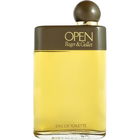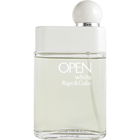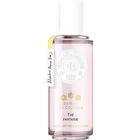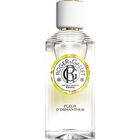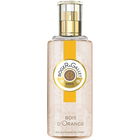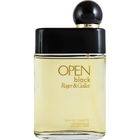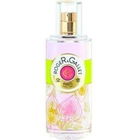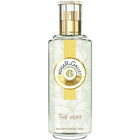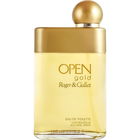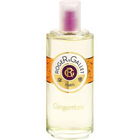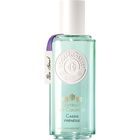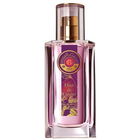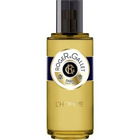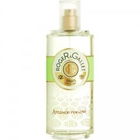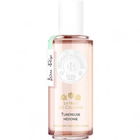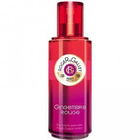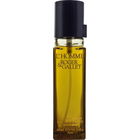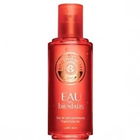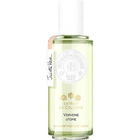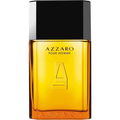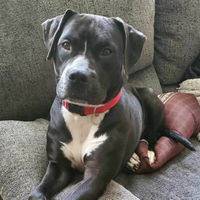
PBullFriend
310 Reviews

PBullFriend
2
rough-edged refreshment
Perfumistas don't discuss Jean Marie Farina much. It's not unpleasant, but has little artistry to it. I don't detect anything except a rough-edged, high-pitched citrus that's similar to better-known 4711 but with poorer lasting power. (It starts to fade within a couple of minutes of hitting my skin.) If this were all I had around on a hot day, I'd store it in the refrigerator or other cool place and mist myself with it again and again, enjoying a brief citrus hit with my cooling evaporation. But there are colognes even within this same inexpensive brand that are far superior colognes in longevity and interest (Gingembre, The' Vert).[Edited for historical correction.]
3 Comments









 Top Notes
Top Notes  Lemon
Lemon Bergamot
Bergamot Heart Notes
Heart Notes  Rosemary
Rosemary Neroli
Neroli Petitgrain
Petitgrain Base Notes
Base Notes  Myrtle
Myrtle Cedarwood
Cedarwood Sandalwood
Sandalwood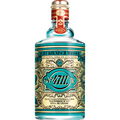

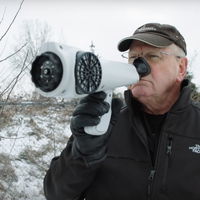





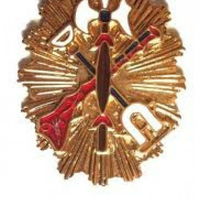

 Jazzy76
Jazzy76 Helena1411
Helena1411 Yatagan
Yatagan Elisa1000
Elisa1000 Fabistinkt
Fabistinkt Rebstein
Rebstein